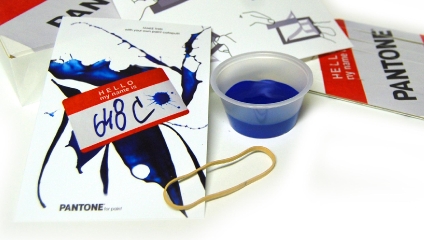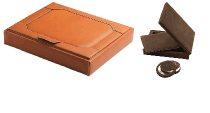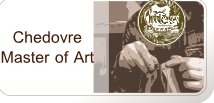
Falconry or the sport of princes
Falconry is the art of breeding and handling birds of prey for hunting.
Traditionally practiced by the Bedouins, it occupies an important place in the culture of the UAE. More specialy the falcon, majestic bird, which is part of the UAE traditions, so far that it appears on all banknotes and stamps, including a series of three commemorative stamps in 1965 on the theme of Arab tradition of falconry.
Falconry, ancient art, was already known in Asia in the fifth century before the Christian era. Introduced in France under the Merovingians, it reached its apogee under Louis XIII. The kings of France have always had flight crews. This science has a special terminology, complicated dressage instruments and potions abound. The dressing and the care vary with the age and species.

In the Arabian Peninsula, the Bedouins captured in the fall the birds of passage and trained them for traditional hunting game, like houbara bustard and hare, allowing a valuable animal protein intake. At the end of the hunting season, when the game went back to the north, the Bedouins released the falcons, as they could not feed them during the hot season. But like any sports animal, falcons are fragile and require some high level cares.

Today, falconry is controlled by local and federal laws and the project proposed by Sheikh Zayed tends to encourage the release of falcons into the wild after the hunting season. Also, in Abu Dhabi, an ultra modern clinic, the Abu Dhabi Falcon Hospital (ADFH), intended for raptors, was founded in 1999 and equipped with the latest technology for diagnosis and prevention of raptor diseases. These can then be treated and can resume their activities or their freedom. They practice medical imaging to diagnose certain diseases, surgery, for raptors with broken bones, or endoscopy, to verify or restore the functioning of the internal organs of birds. In the laboratories of the falcons hospital, there are fields such as parasitology, microbiology, immunology, serology and hematology. Finally, to prevent diseases of birds of prey, the ADFH has developed a large program of preventive medicine. The hospital serves mainly to isolate the trained birds which undergo a complete medical check before returning to the wild, identified by rings and chips under the skin. Since opening in 1999, ADFH has already received and treated more than 13,000 raptors.

The falcon is held up usually on the right fist, its head covered with a hood. As soon as there is a prey, the falconer removes the hood, and moves alternately up and down his fist. The falcon takes flight, skimming the ground, then rises slowly in circles, until it sees the prey, then it pursues relentlessly harasses the beak and talons until it falls exhausted and seized by hunting dogs, and then the falcon returns on the wrist of the hunter, who rewards it by giving the lure.

The hood used in Falconry is a leather cap which covers one falcon's head to blind so that it remains quiet and undisturbed by the surroundings. It is introduced in the West (with the lure) by Emperor Frederick II and described in his famous treatise "De arte venandi Avibus cum" and quoted by Marco Polo in 1298. Chedovre can realize for you bespoke hoods leather, and thus respond to your most exclusive desire.
To some, leather is not optional. This is a "must have" associated with the image of excellence and to the world of luxury.






































